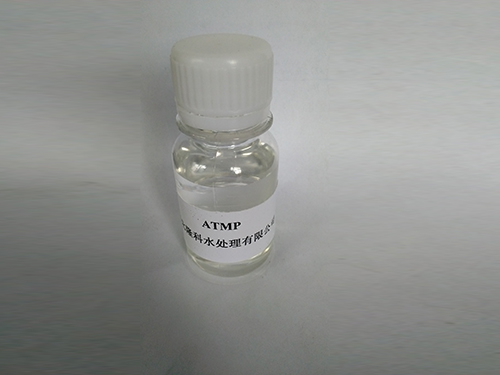Difference Between Flocculant and Coagulant
Difference Between Flocculant and Coagulant
When it comes to water treatment processes, the terms flocculant and coagulant are often used interchangeably, but they refer to distinct chemical processes that play vital roles in the removal of impurities from water
. Understanding the differences between these two types of agents can help in selecting the right treatment method for specific situations.Coagulants are substances that promote the aggregation of suspended particles in water. They work by neutralizing the charges on these particles, which are often negatively charged due to the presence of organic matter, dirt, and other impurities. Common coagulants include aluminum sulfate (alum), ferric chloride, and polyaluminum chloride. When coagulants are added to water, they destabilize the particles and facilitate their aggregation into larger clumps known as flocs. This initial step is crucial because it sets the stage for effective sedimentation or filtration.
difference between flocculant and coagulant

On the other hand, flocculants are agents that enhance the process of floc formation. After coagulants have done their job of destabilizing the particles, flocculants help in clumping these particles together into larger aggregates that can be easily removed from the water. Flocculants typically function by bridging the gap between the individual particles, causing them to stick together and form larger, heavier flocs. Common flocculants include polyacrylamide and natural substances like starch and guar gum.
One of the key distinctions between coagulants and flocculants lies in their mechanism of action. Coagulants primarily focus on destabilization and initial aggregation, while flocculants enhance the aggregation initiated by coagulants. Additionally, the choice between using a coagulant or flocculant can depend on the specific characteristics of the water being treated and the desired quality of the treated water.
In conclusion, both coagulants and flocculants play essential roles in water treatment processes. By understanding the differences and appropriate applications of each, operators can effectively improve the efficiency of water treatment systems. Proper selection and usage of these agents help in achieving clearer, cleaner water, ultimately benefiting public health and environmental safety.
-
Water Treatment with Flocculant Water TreatmentNewsJun.12,2025
-
Polymaleic AnhydrideNewsJun.12,2025
-
Polyaspartic AcidNewsJun.12,2025
-
Enhance Industrial Processes with IsothiazolinonesNewsJun.12,2025
-
Enhance Industrial Processes with PBTCA SolutionsNewsJun.12,2025
-
Dodecyldimethylbenzylammonium Chloride SolutionsNewsJun.12,2025





